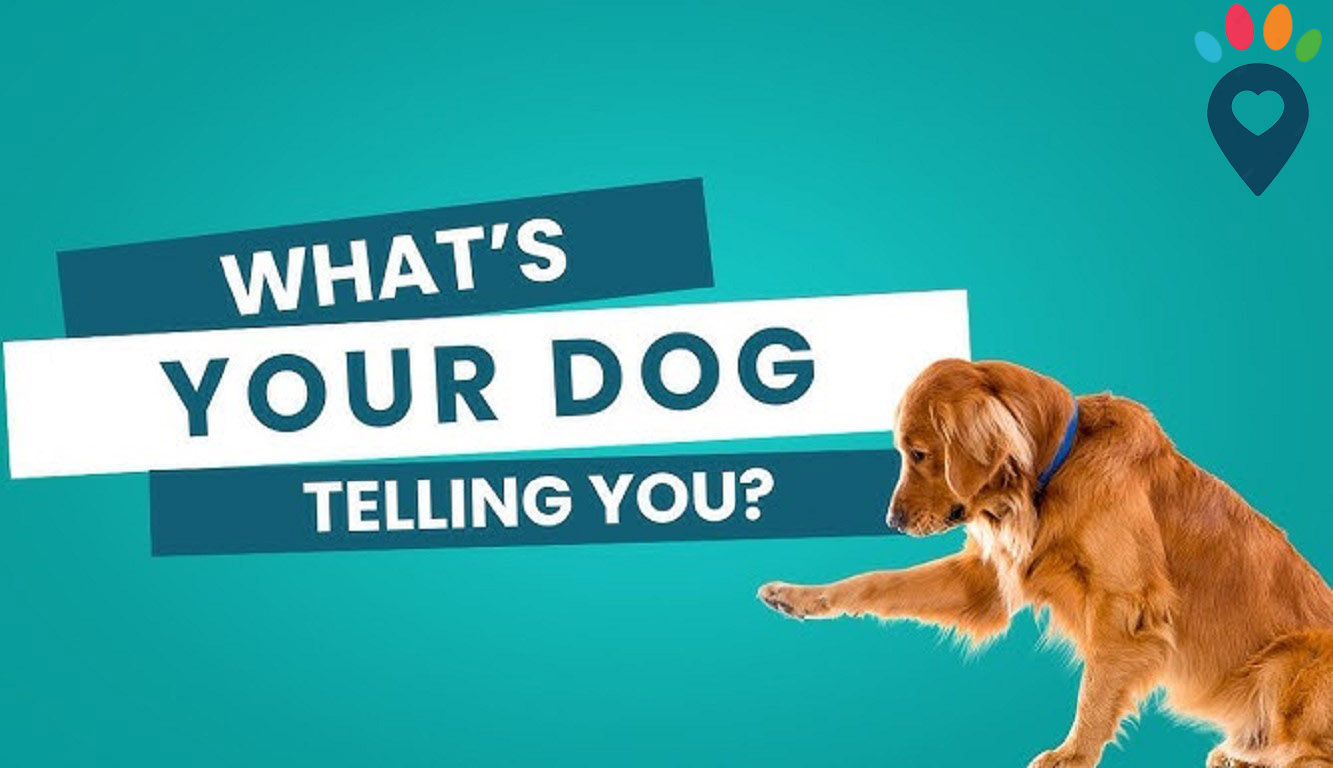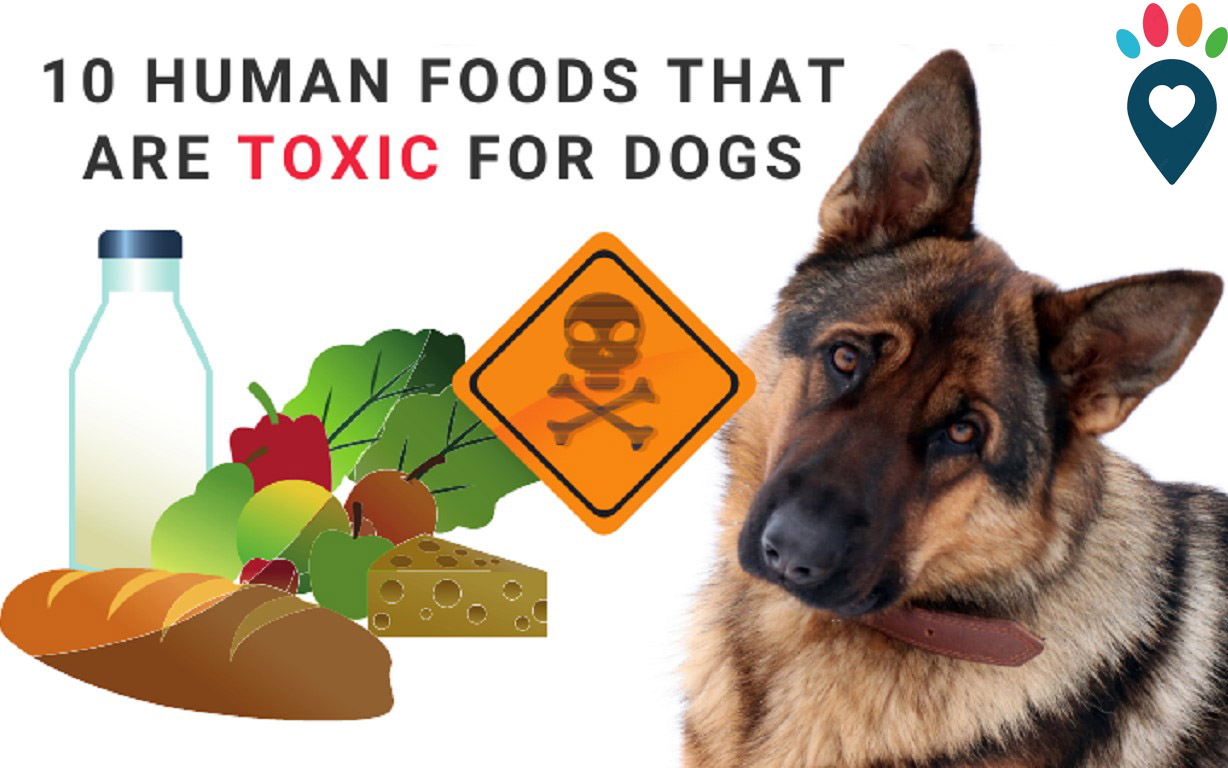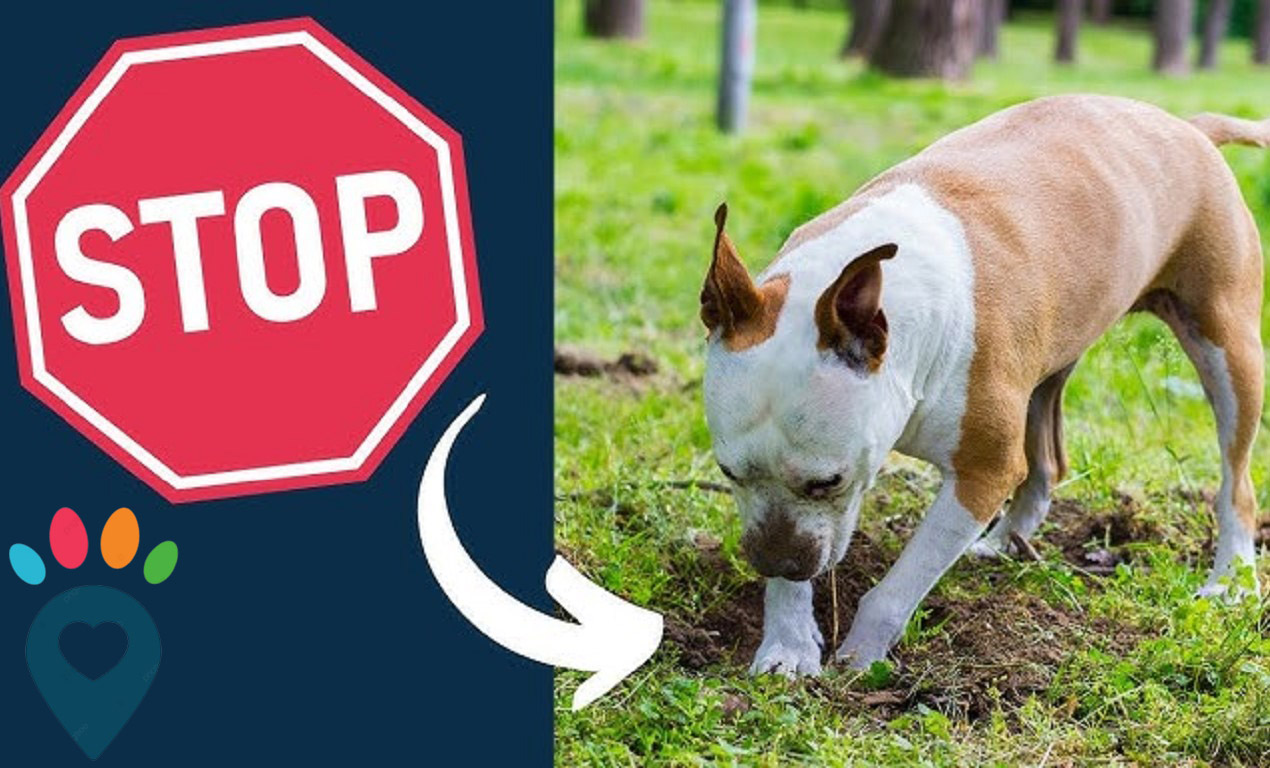
How To Tell if a Dog Is in Pain
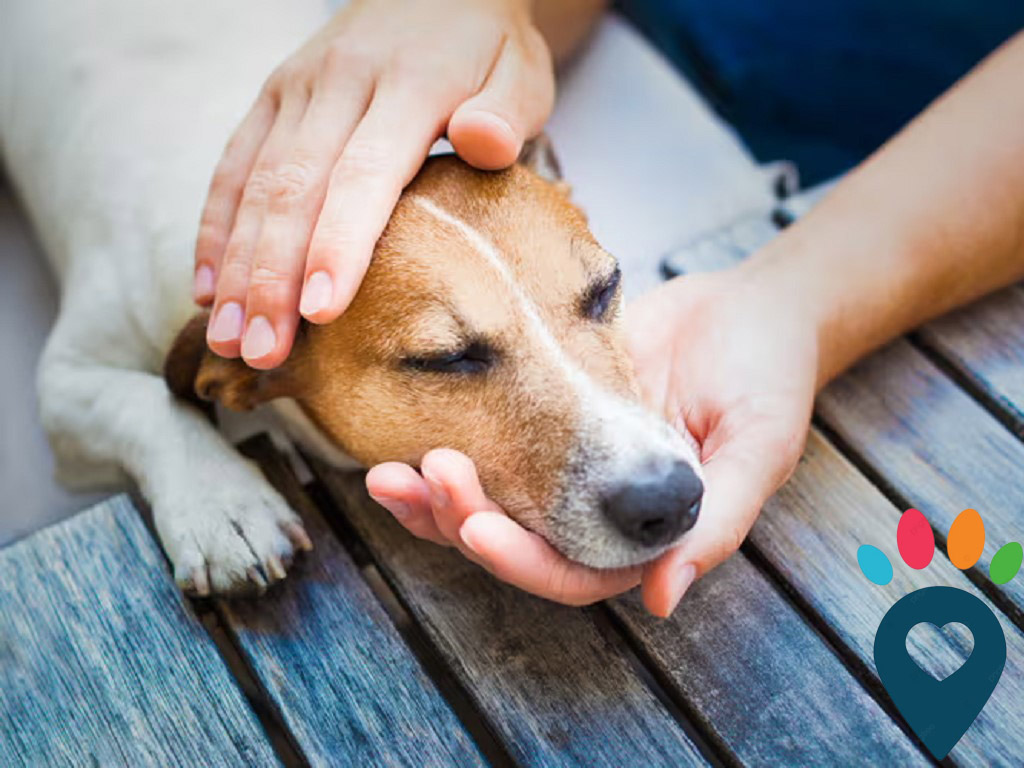
As loving dog owners, we don’t want to see our dogs in pain. However, unlike humans, dogs often hide signs of pain instinctively, a behavior inherited from their wild ancestors to avoid appearing weak to predators. Therefore, recognizing subtle physical and behavioral changes is important for pet owners to keep their furry friends healthy. In this article, we’ll explore in detail the physical and behavioral signs of pain in dogs, the vocalizations they may make when in pain, and what steps to take if you suspect your dog is hurting.
1.Physical Signs of Pain in Dogs
Dogs in pain may show clear signs, like limping, or more understated ones, like not walking as far as they normally do. The following are some of the physical signs your dog is in pain.
1.1Mobility Issues
Changes in the way your dog moves can be one of the clearest indicators that something is wrong. These signs include limping, stiffness, difficulty getting up or lying down, hesitation to climb stairs, or a reluctance to jump onto furniture may all signal pain—especially in the joints or back. You might also notice that your dog walks more slowly than usual, tires more quickly, or avoids certain activities they once enjoyed.
1.2Difficulty Changing Position
If you find your dog seems hesitant or slow when shifting between positions—such as going from lying down to standing up, or sitting to lying—they may be experiencing pain.
1.3Shaking or Trembling
When you find your dog is trembling without an obvious reason, such as anxiety or a chilly environment, it could indicate discomfort from an injury, internal illness, or conditions like pancreatitis or joint pain.
1.4Abnormal Posture
Your dog might have a hard time standing or sitting in their usual way. For example, they might hold their head low, arch their back, or shift their weight forward or back to take pressure off sore joints.
1.5Panting Excessively
Panting is normal for dogs after exercise or in warm weather, but excessive or unexplained panting can be a warning sign of pain. And the panting is often accompanied by other changes, like restlessness, pacing, or whining.
1.6Changes in Facial Expression
Dogs may not be able to speak, but their faces can say a lot—especially when they’re in pain. The facial expressions, such as squinting, glazed or wide eyes, pinned-back ears, furrowed brows, or a tense jaw, can all be indicators of discomfort.
1.7Decreased Appetite
If you notice that your dog’s appetite has suddenly dropped, it usually indicates that something is wrong. Dental pain, digestive issues, or internal discomfort can all make eating difficult or unpleasant.
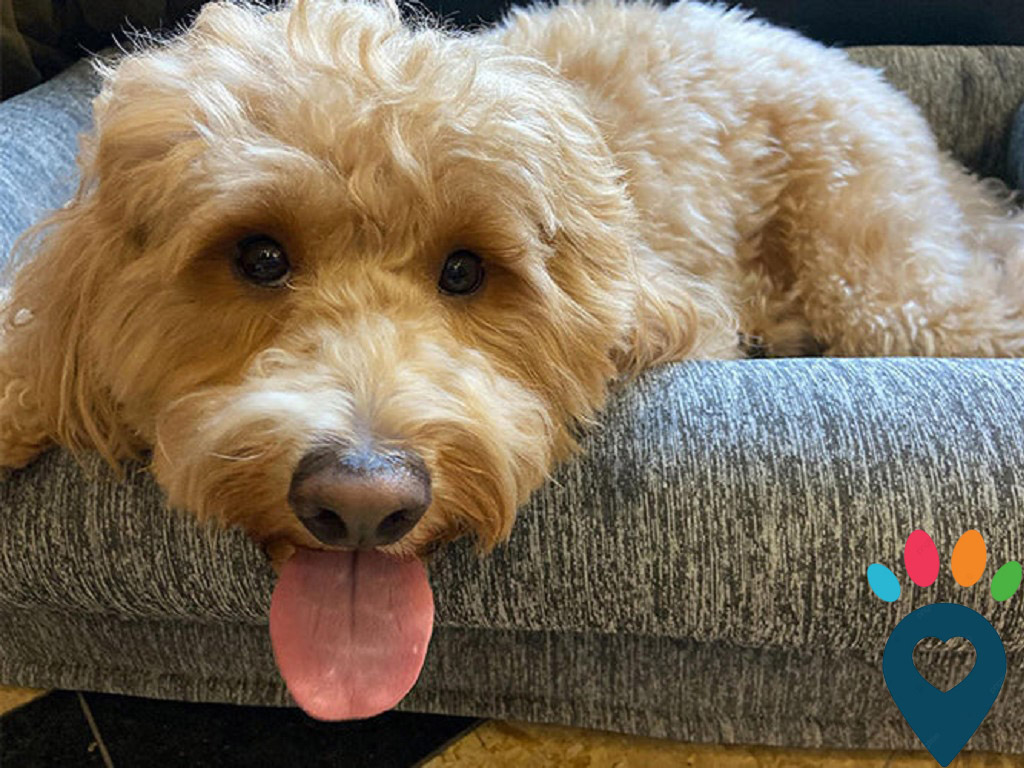
2.Behavioral Signs of Pain in Dogs
In addition to obvious physical signs, certain behavioral changes can also indicate that something is wrong. For instance, you might notice your dog acting withdrawn, hiding in unusual places, or showing less interest in play, affection, or daily routines. That’s why it’s important to pay close attention to these behavioral shifts—they’re often among the earliest and most telling signs of pain. There lists some dogs’ behavioral shifts when they are in pain.
2.1Lowered Energy Levels
If you find your dog seems unusually tired, less enthusiastic, or uninterested in their normal activities, it could be a sign that something’s wrong. Pain can drain your dog’s energy, making them sleep more than usual, move slowly, or avoid play and interaction.
2.2Restless Behavior or Pacing
If you notice that your dog pacing back and forth, constantly shifting positions, or frequently getting up and lying down as if they can't settle, these often indicate they are internal discomfort, joint pain, or anxiety caused by physical distress.
2.3Changes in Sleep
A dog in discomfort might sleep more than usual to avoid movement, or struggle to get comfortable enough to rest - leading to frequent waking or restlessness at night. These patterns reflect your dog’s struggle to rest due to pain.
2.4Lack of Interest in Toys or Games
Just like humans, dogs are also lack of interest in toys or games when they are discomfortable. Because pain can make physical activities uncomfortable or exhausting, leading your dog to avoid movement, jumping, or even chasing a favorite ball.
2.5Disinterest in Physical Contact
Dogs usually enjoys cuddles, petting, or leaning against its owner may suddenly shy away from touch when in pain. This withdrawal can be a protective response, as physical contact might aggravate the discomfort. As loving pet owners, you should pay more attention to these changes, especially if the dog flinches, growls, or moves away when approached.
2.6Depression or Anxiety
If you notice your normally cheerful dog suddenly becoming withdrawn, quiet, or uninterested in activities they once enjoyed, it may indicate that your furry friend has underlying physical discomfort.
2.7Housetraining Accidents
When you find your previously housetrained dog suddenly starts having accidents indoors, it could be a sign of pain or an underlying medical issue. Discomfort may prevent them from getting up in time or signal problems like urinary tract infections or joint pain.
2.8Aggression
If your dog suddenly becomes aggressive without a clear trigger, even toward familiar people or animals, it’s may a sign that your dog is in pain. Snapping, growling, or biting can be a defensive reaction to protect a sensitive or injured area.
2.9Seeking More Attention Than Usual
Your dog might follow you around, whine for attention, or seek constant reassurance. This shift in behavior can be a way of expressing discomfort or anxiety.
2.10Licking or Biting Themselves
When dogs are in pain, they may repeatedly lick or chew at the affected area, sometimes to the point of removing fur or causing skin damage.
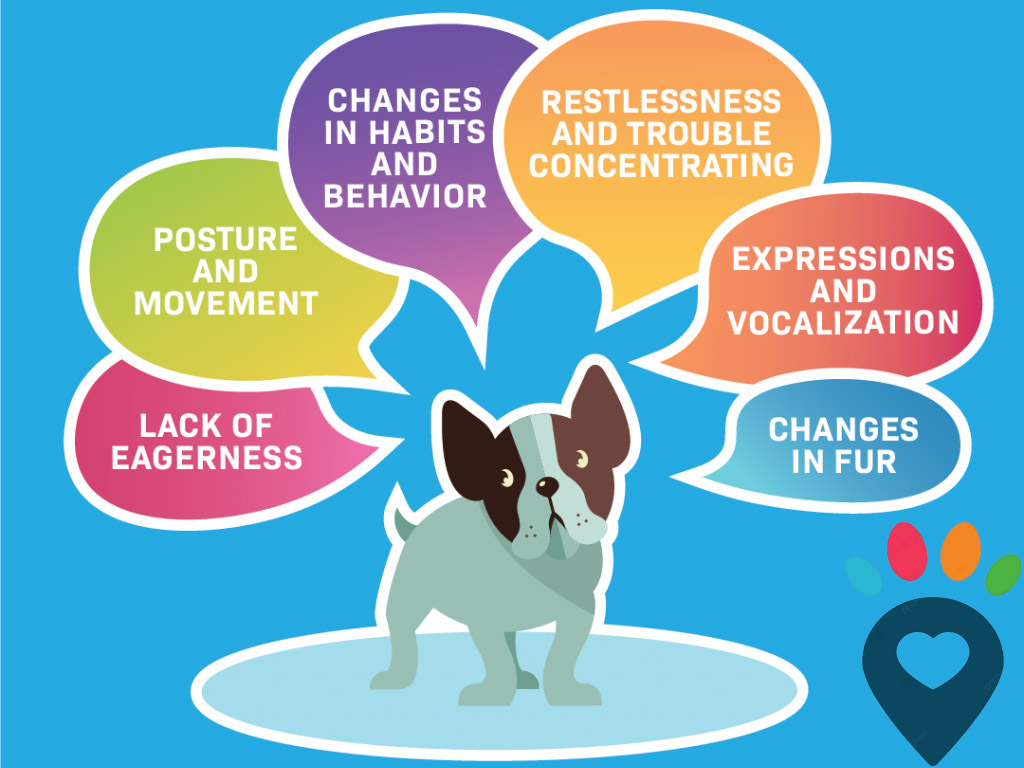
3.Vocalizations Dogs Make When They’re in Pain
Dogs also respond to pain with vocalizations. You can pay more attention for your dog’s groaning or grunting when they moves, particularly when lying down or getting up. If you touch a tender spot on your dog’s body, they might also yelp. Whining and whimpering are common vocal signs that your dog may be in discomfort or pain. You might also hear your dog howling more than usual.

4.What to Do If Your Dog Is in Pain
You may have learned many signs that indicate your dog is in pain or discomfort in the previous section. Equally important is knowing what to do when your dog is in pain. The following are some basic steps to help you handle the situation.
4.1Stay Calm and Observe
As a pet owner, you need to carefully watch your dog’s behavior in daily life. Pay attention to any changes—limping, whining, hiding, or loss of appetite. And the most important thing is avoiding touching the painful area too much, as this could worsen their discomfort or trigger aggression.
4.2Avoid Self-Medicating
Human medications are often toxic to dogs, so never give them to your pet. Only administer medications prescribed by a veterinarian.
4.3Limit Activity
When you notice your dog is in pain or discomfort, you’d better to keep your dog quiet and restrict movement to prevent further injury until you can get professional help.
4.4Contact Your Veterinarian
The next important step is call your vet as soon as possible. Describe the symptoms clearly and follow the vet’s advice. If it’s after hours, contact an emergency animal clinic.
4.5Follow Treatment Instructions
When your dog is diagnosed and treated, follow all instructions carefully—medication schedules, rest requirements, and follow-up visits are essential for recovery.
4.6Offer Comfort and Reassurance
The last but not least, once your dog recovered, provide a quiet, comfortable space and remain patient. Gentle attention and a calm presence can help ease your dog’s stress.
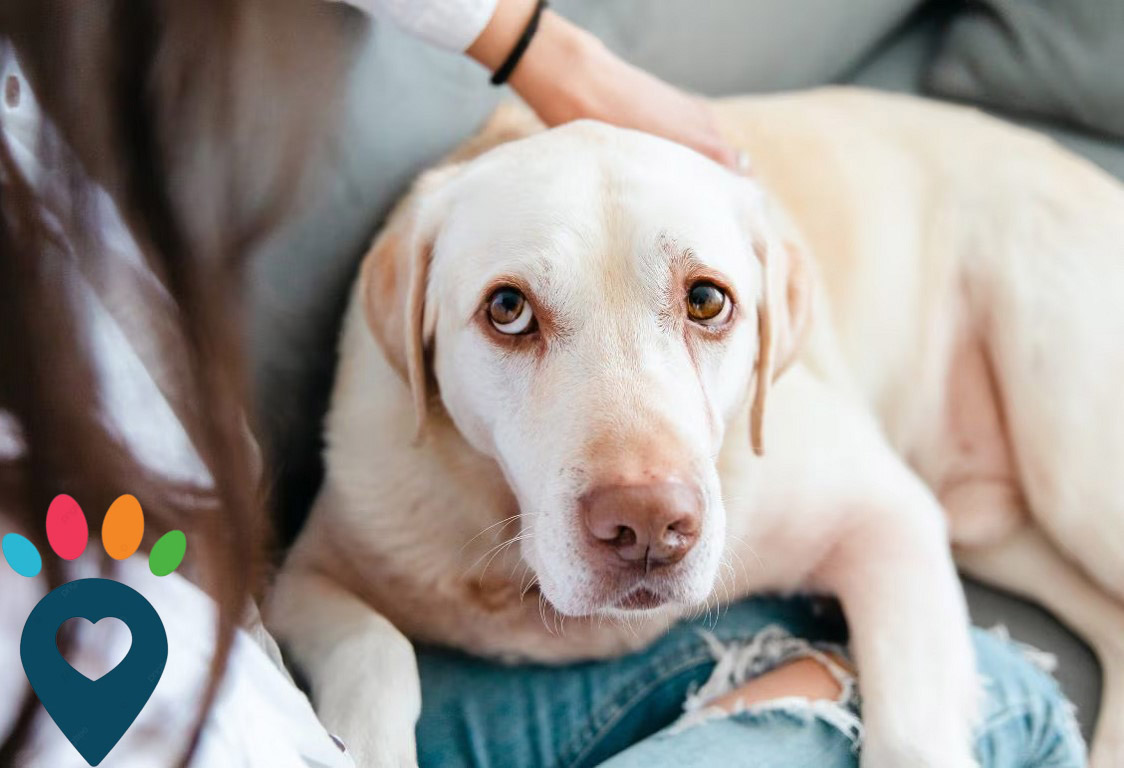
Understanding how to tell your dog is in pain is crucial for their health and well-being. Your dog may be trying to tell you something through subtle shifts, such as abnormal posture, decreased appetite, restless behavior or pacing, aggression, whining, or whimpering. By staying observant and responsive, you can catch early warning signs and seek veterinary care promptly. Your attentiveness and care can make all the difference in helping your furry friend feel safe, supported, and on the path to recovery.
